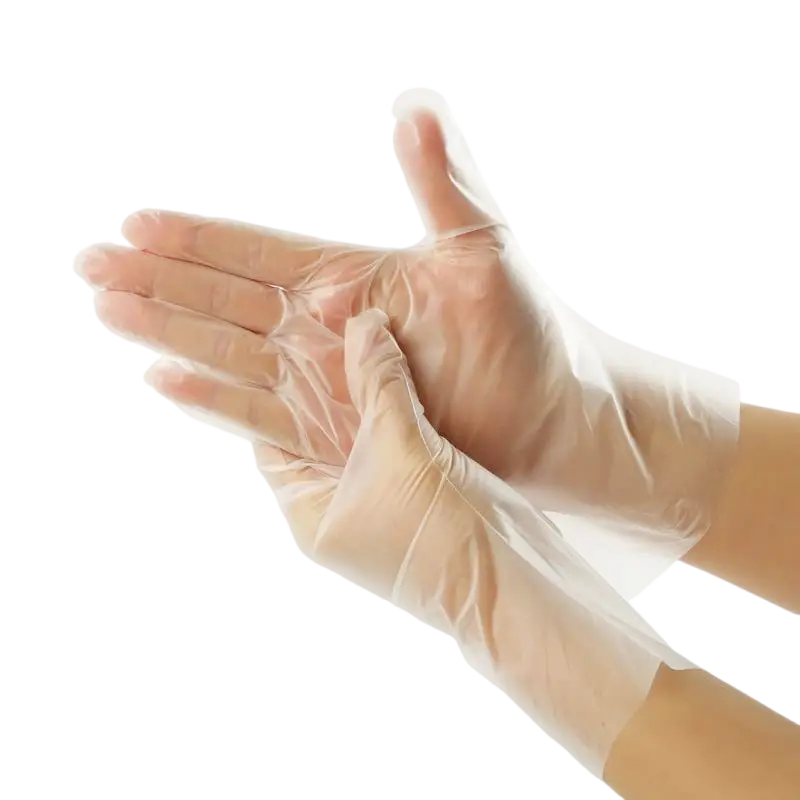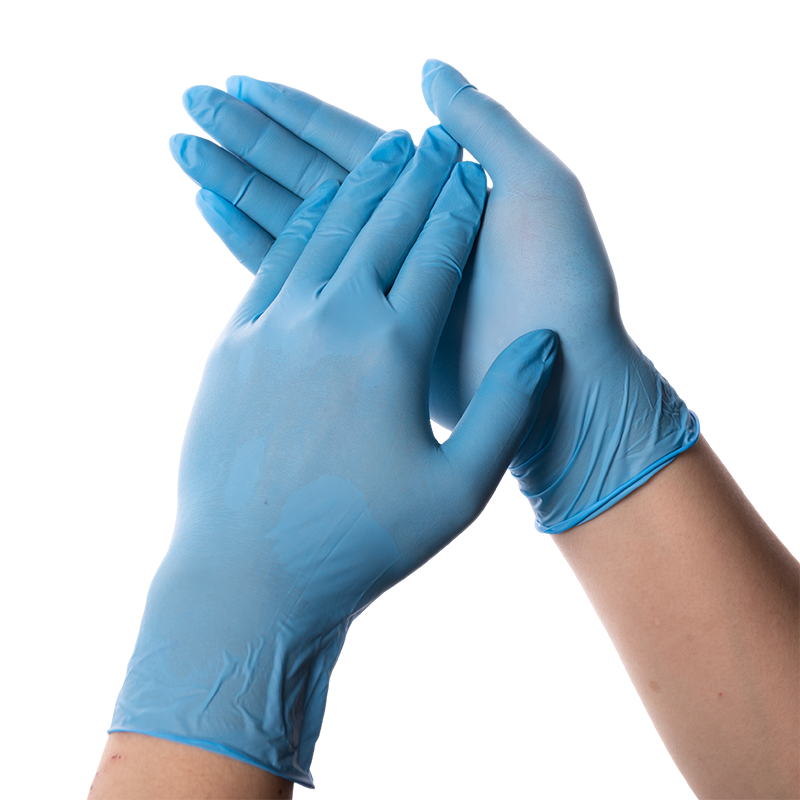Food Contact Rubber Gloves

For food processing plants where hands need to be in contact with water for an extended time, such as the processing of salmon, tuna, and other seafood, latex gloves can usually better protect workers. These food contact rubber gloves usually are very thick, so sharps, such as fish fins, and bones, can not puncture through the gloves. Also, the palm and fingers always have anti-slip wrinkles, so that workers can grip easily.
However, in some production lines that are not exposed to water, disposable gloves are often more suitable and cost-effective, such as biscuit factories, fruit factories, food packaging factories, etc.
Recommended Gloves for Food Handling

H2R Series
Reusable rubber gloves specially designed for food industry. Passed EN-1186 test, without bisphenol A(BPA). Keep the food hygienic, and keep workers' hands dry. Wrinkle palm ensures good grip, thick enough to resist puncture.

H2B Series
Reusable rubber gloves specially designed for food industry. Passed EN-1186 test, without bisphenol A(BPA). Keep the food hygienic, and keep workers' hands dry. Wrinkle palm ensures good grip, thick enough to resist puncture.

H2N Series
Reusable rubber gloves specially designed for food industry. Passed EN-1186 test, without bisphenol A(BPA). Keep the food hygienic, and keep workers' hands dry. Wrinkle palm ensures good grip, thick enough to resist puncture.

TPE Gloves
100% automated production line, fast delivery, and cheap price. Ideal for food processing. It is also perfect to wear for having food, such as seafood feasts, or parties, to keep hands clean.

Vinyl Gloves
Vinyl gloves, also known as PVC gloves, are more expensive than TPE gloves, but are more puncture-resistant, more durable, and fit better on wearers' hands.

Nitrile Gloves
Nitrile gloves are made of synthetic rubber, which is composed of acrylonitrile and butadiene. It is the perfect replacement for those who have latex allergy.

